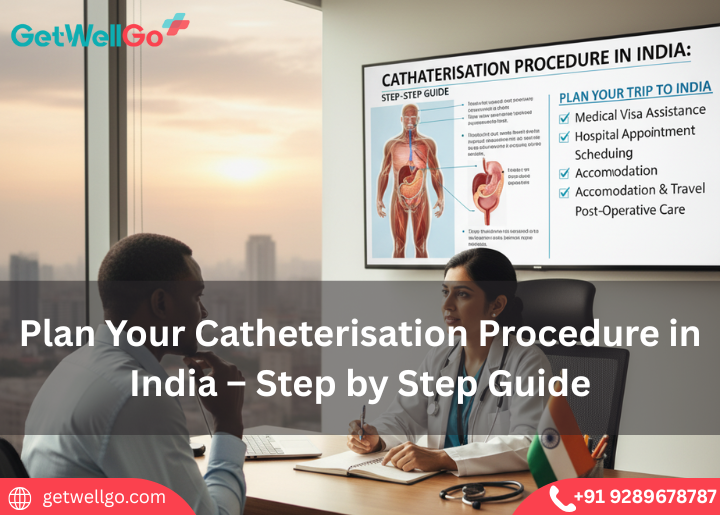
Plan Your Catheterisation Procedure in India – Step by Step Guide
Plan your catheterisation procedure in India with GetWellGo – a complete step-by-step guide for international patients seeking quality, affordable care.
Read MoreLearn about Transmyocardial Laser Revascularization (TMR) with GetWellGo — a heart procedure to reduce chest pain and improve blood flow. Risks explained clearly
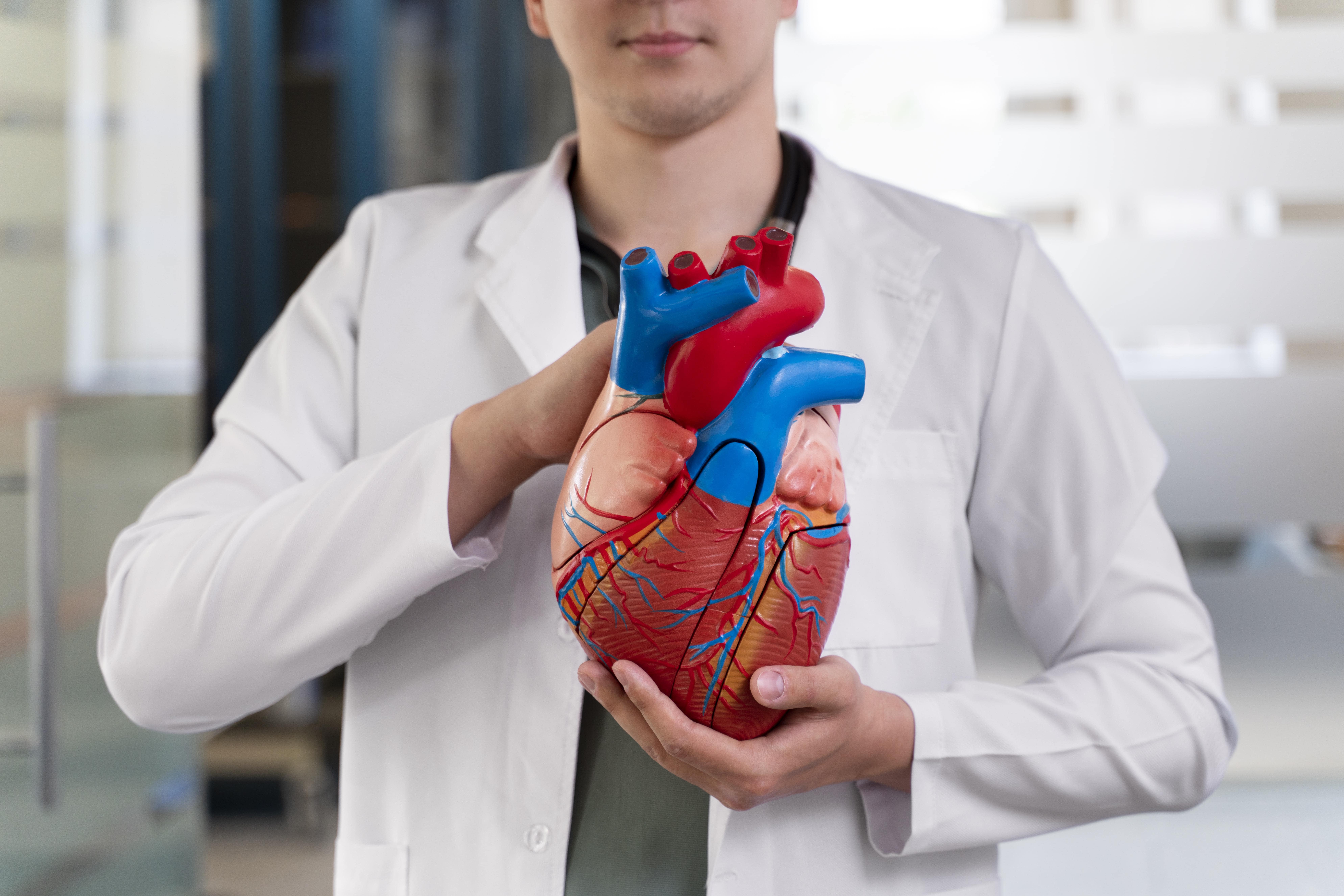
Category
CardiologyPublished By
GetWellGo TeamUpdated on
05-May-2025TMR (Transmyocardial Revascularization) is a technique of surgery used in the management of angina (chest pain) in those patients who should not be easily subjected to CABG or angioplasty. This is because it is primarily intended to enhance blood supply through the heart tissue.
Laser TMR is a technique in which small pathways are made in the heart muscle tissue. These vessels enable blood with adequate oxygen to be supplied to other parts of the heart not supplied with enough blood by the blocked coronary arteries.
Transmyocardial Laser Revascularization or Transmyocardial Revascularization is a surgical treatment with the use of laser for the treatment of patients with inoperable angina or chronic chest pain due to coronary artery disease that cannot undergo angioplasty or bypass surgery.
TMR for angina or Transmyocardial Revascularization is laser based heart treatment given to patients suffering from chronic and severe angina, who cannot go for angioplasty or bypass surgery because of the complex blocks in their coronary arteries.
Why It's Done:
TMR is specific for those patients with:
How the Surgery Works:
These channels:
The TMR heart surgery (Transmyocardial Revascularization) takes a few weeks of recovery period, which includes after care treatment at hospital and at home. These are the following stages involved during the recovery phase:
Hospital Recovery (5–7 Days):
ICU Stay (First 24–48 hours):
General Ward:
At-Home Recovery (6–12 Weeks):
Physical Recovery:
Activity: slow and gradual increase in general mobility and performance of activities of daily living
Restrictions:
Diet and Lifestyle:
Medications:
Transmyocardial Revascularization (TMR) procedure which has been described as being advantageous for patients with severe angina comes with certain risks and potential complications given the fact that it is commonly performed on the patient with proliferating coronary artery disease and few other available therapeutic options.
TMR heart procedure side effects:
The cost of TMR (Transmyocardial Revascularization) heart surgery can be greatly influenced by elements concerning the patient’s medical history, medical facility, or regions. When it comes to deciding the overall cost, these are seven fundamental aspects that will help in estimating it:
TMR’s overall efficacy is viewed as high since the operation is done on carefully evaluated patients, especially those with inoperable severe angina and diffuse CAD. The relief of symptoms and Chronic Stable Angina can be found in 70–90% of patients.
TMR heart surgery in India:

Plan your catheterisation procedure in India with GetWellGo – a complete step-by-step guide for international patients seeking quality, affordable care.
Read More
Explore cost-effective MRA imaging abroad with GetWellGo. Trusted by international patients for quality diagnostics, accessible care, and peace of mind.
Read More
ABPM test abroad made easy! Learn why India is the best choice with GetWellGo—trusted by international patients for quality care, top doctors & affordability.
Read More
GetWellGo connects international patients to leading hospitals in India for safe, advanced Balloon Valvuloplasty. Start your heart-healing journey today.
Read More
Access advanced aneurysm treatment in India with GetWellGo. Trusted care, global patient support, and leading specialists for safe, affordable treatment.
Read More
Explore affordable Acute Coronary Syndrome treatment options in India. Learn about top hospitals, expert cardiologists, and advanced therapies trusted by international patients.
Read More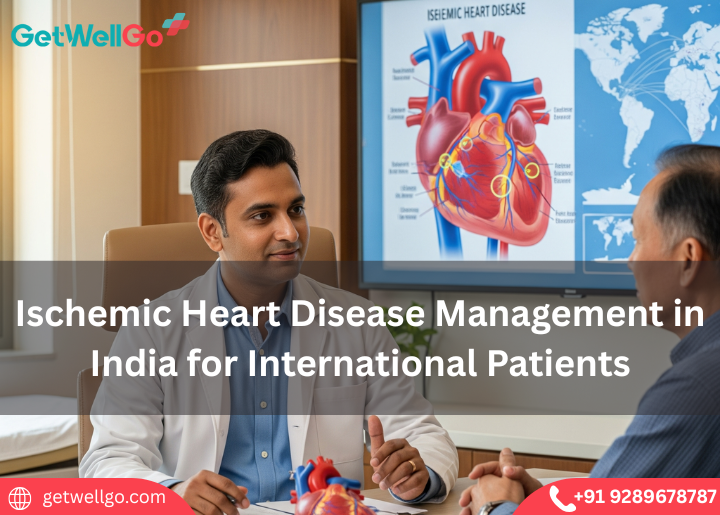
Affordable ischemic heart disease management in India with GetWellGo. Advanced cardiology care & personalized support for international patients.
Read More.png)
GetWellGo connects global patients with safe, affordable blood clot treatment in India. World-class care, expert doctors, and cost savings await.
Read More
Pacemaker surgery in India with GetWellGo – expert care, affordable costs & top hospitals for global patients. Learn what you need to know now.
Read More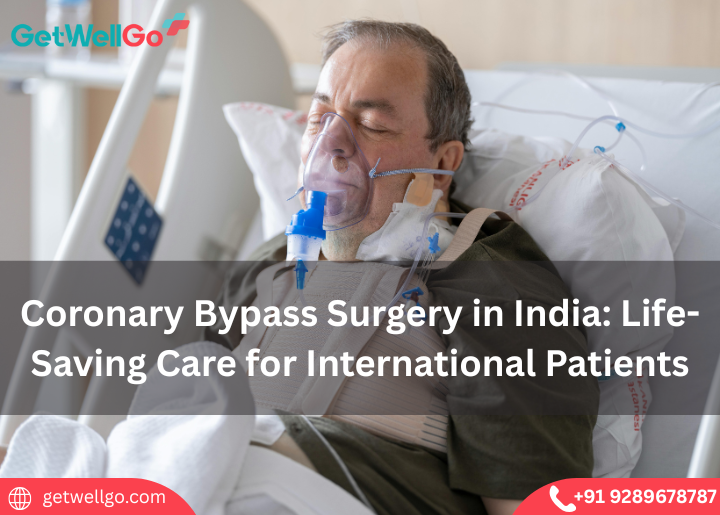
Coronary bypass surgery in India offers life-saving cardiac care for international patients with expert surgeons, advanced technology, and affordable treatment options.
Read More
Modern coronary angiography in India with GetWellGo—affordable, accurate, and trusted by patients worldwide for exceptional international heart treatment
Read More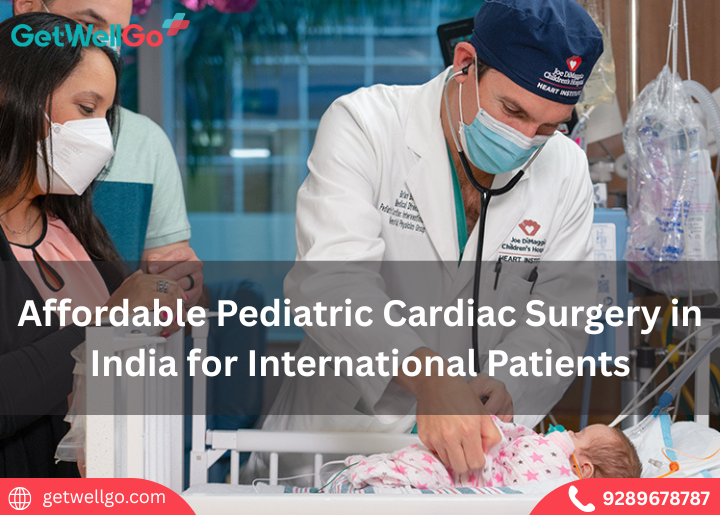
Discover affordable pediatric cardiac surgery in India for international patients, with expert child heart surgeons, advanced technology, and top-rated hospitals for safe care.
Read MoreFill the form below to get in touch with our experts.
Please fill in your details below and our experts will get back to you.